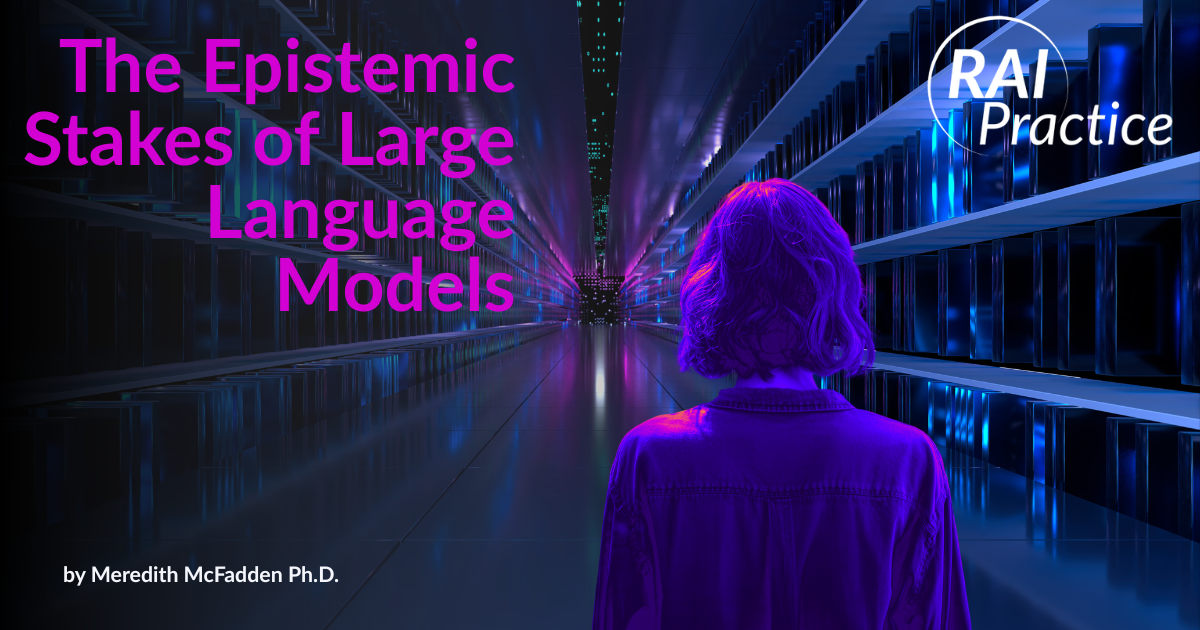Bridging the AI Trust Gap: Why Employees and Leaders See AI Differently

AI adoption is accelerating across industries, but not everyone sees it the same way.
A recent Axios report highlights a growing divide between executives and employees when it comes to AI in the workplace. While 75% of executives believe their AI implementations are successful, only 45% of employees feel the same way.
This disconnect matters. If employees don’t trust AI tools or feel empowered to use them, even the most sophisticated AI strategy won’t deliver results.
Why the AI Trust Gap Exists
From our work with organizations across industries, we see three key reasons for this growing divide:
1️⃣ AI Feels Like a Top-Down Decision
Many AI initiatives are introduced by leadership without employee input, leading to skepticism or resistance. Employees often see AI as something done to them, rather than for them, creating an immediate barrier to adoption.
2️⃣ Workforce Uncertainty
Employees worry about AI replacing jobs or changing their roles in unpredictable ways. According to a Harvard Business Review analysis, involving employees early in AI adoption efforts can reduce skepticism and build trust, ensuring AI is seen as a tool for support rather than a threat.
3️⃣ Lack of Training & Support
AI tools are only as effective as the people using them. But many companies roll out AI without investing in upskilling programs, leaving employees uncertain about how to integrate AI into their daily work. A MIT Sloan Management Review study emphasizes that organizations with structured AI training programs see higher employee engagement and trust in AI systems.
Bridging the Gap: A Smarter Approach to AI Adoption
At Northeastern University’s Institute for Experiential AI (EAI), we believe AI should be a collaborative, strategic initiative—not just a technology rollout.
Through our Responsible AI Practice and AI Ignition Engine, we help organizations:
✅ Engage teams early to ensure AI initiatives solve real business challenges
✅ Create a structured roadmap for responsible, practical AI adoption
✅ Equip employees with the skills they need to work confidently with AI
We’ve seen firsthand that AI adoption works best when it aligns with workforce needs, regulatory standards, and clear business goals. A responsible, well-planned approach not only improves AI implementation outcomes but also ensures long-term trust and success.
A Roadmap for Smarter AI Investment
Companies that prioritize employee involvement, education, and responsible AI design will see stronger results—and a workforce that’s truly prepared for the AI-powered future.
If your organization is working through AI challenges, our AI Ignition Engine provides a structured approach to AI adoption—tailored to your specific needs.
How is your organization navigating AI adoption? Let’s start the conversation.

.png)

.png)
